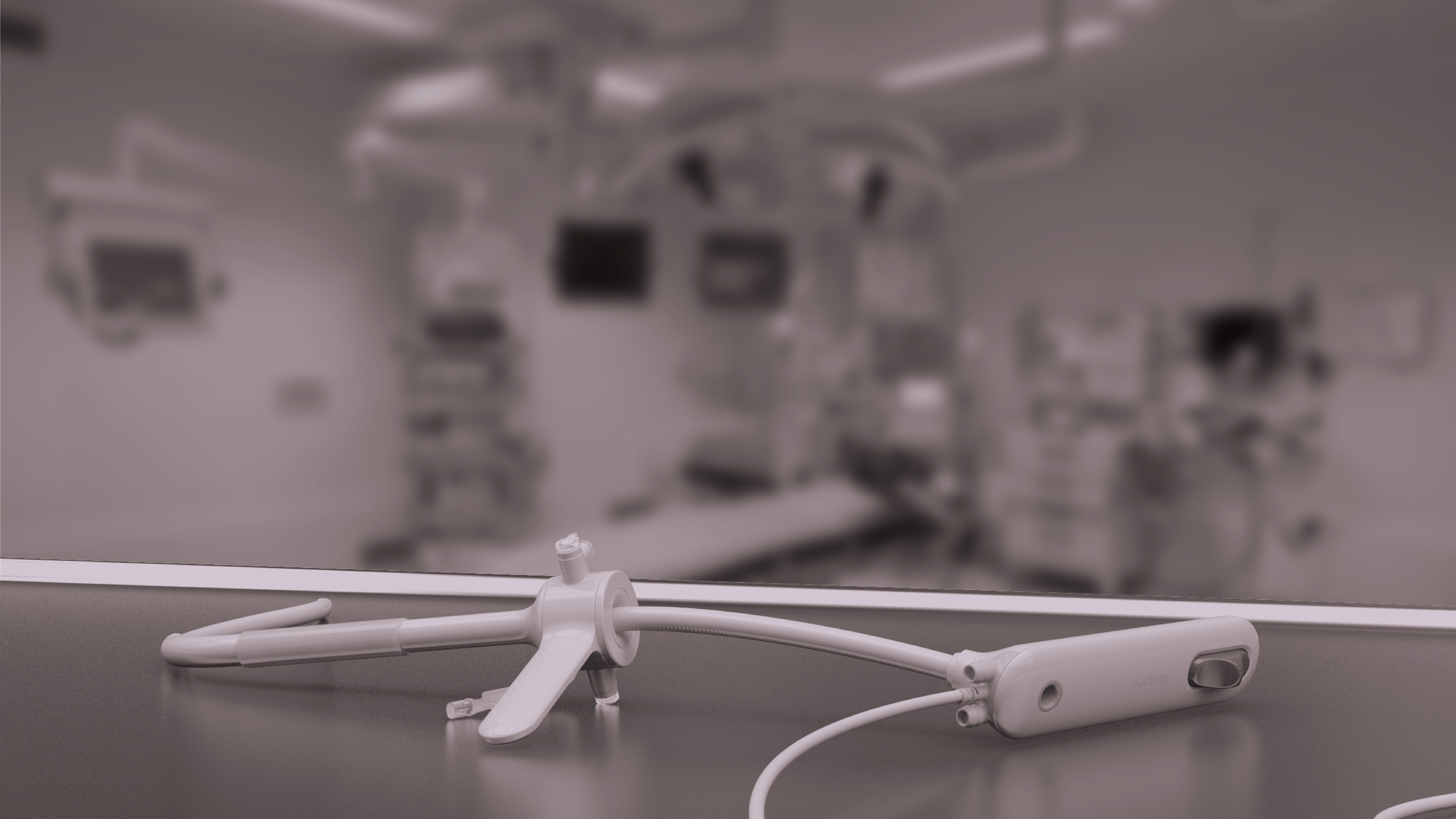
The Market
The KatScope has a substantial market potential. Medical thoracoscopy (thoracoscopy under local anaesthetic and intravenous sedation) is increasingly being performed in many countries. According to The British Thoracic Society guideline for medical thoracoscopy, the procedure is increasingly being performed by chest physicians in the UK(5). In 1999, 11 centres across the UK offered a local anaesthetic thoracoscopy service, increasing to 17 centres in May 2004 and 37centres in 2009.
Pleural effusion affects more than 750.000 patients across the EU and USA each year (1). Roughly 60% are diagnosed by pleural aspiration. The remaining 40% of patients could benefit from the KatScope for further diagnostics. The number of potential KatScope thoracoscopies/ year in US and EU for pleural effusion alone would be: 0.4 x 750.000 = 300.000 thoracoscopies in the US and EU/year.
Recurrent pleural effusion can in many cases be prevented by admission of talc slurry in the pleural cavity(6). The KatScope can effectively be used for talc administration throughout the pleural cavity.
Pleural empyema (purulent liquid in the pleural cavity) is a relatively common condition developing in about 0.7% of patients with pneumonia. In Denmark, 0.8% of the population is diagnosed with pneumonia and admitted to hospital each year. Extrapolating these numbers to the US and EU, 0.008 x 835.000.000 = 6.7 million are hospitalized each year due to pneumonia in the US and EU. Approximately 0.7% (47.000) of patients with pneumonia develop empyema. Studies have found that medical thoracoscopy treatment has been effective for complicated parapneumonic effusion treatment for approximately 90% of patients (7,8). Early empyemas can effectively be treated with the KatScope by suction and salvage.
Mediastinal tumours can in many cases be diagnosed by the KatScope by medical thoracoscopy.
Laparoscopy Several hundred thousand laparoscopies/ laparotomies are carried out in the western world every year. In a substantial portion of these cases, a more simple setup such as the KatScope procedure could provide answers to the questions that are posed in the diagnostic phase.
A literature search by SurgeryTech indicates that the KatScope has the potential to be the first choice in up to 500,000 procedures every year in the US and EU.
REFERENCES
1) Bhatnagar R, Keenan EK et al. Outpatient Talc Administration by indwelling pleural catheter for Pleural Effusion. N Engl J Med 2018 Apr 5; 378(14): 1313-1322
2) Dresler CM. Systemic distribution of talc. Chest 1999;116:266. (4)
3) Bedside diagnostic laparoscopy for critically ill patients in the Intensive Care Unit: Retrospective study and review of literature Giovanni Alemanno, Paolo Prosperi, Annamaria Di Bella, Filippo Socci1 , Stefano Batacchi1 , Adriano Peris1 , Matteo Pieri2 , Giuseppe Olivo2 , Pietro Quilghini2 , Paolo Fontanari2 , Pierluigi Stefàno3 , Alessio Giordano, Veronica Iacopini, Carlo Bergamini, Andrea Valeri,J Minim Access Surg. 2018 Feb 27. doi: 10.4103/jmas.JMAS_232_17
4) Combination of diagnostic laparoscopy and intraoperative indocyanine green fluorescence angiography for the early detection of intestinal ischemia not detectable at CT scan. Giovanni Alemanno, MD, Riccardo Somigli, MD, Paolo Prosperi, MD, Carlo Bergamini, Gherardo Maltinti, MD, Alessio Giordano, MD, and Andrea Valeri, MD, Int J Surg Case Rep. 2016; 26: 77–80
5) BTS guidelines. Local anaesthetic thoracoscopy: British Thoracic Society pleural disease guideline 2010. Najib M Rahman, Nabeel J Ali et al on behalf of the British Thoracic Society Pleural Disease Guideline Group
6) Respirology. 2018 Jan 10. doi: 10.1111/resp. 13252. [Epub ahead of print] Success rate of medical thoracoscopy and talc pleurodesis in malignant pleurisy: A single-centre experience. Leemans J1, Dooms C1, Ninane V2, Yserbyt J1.
7) Brutsche MH, Tassi GF, Györik S, et al. Treatment of sonographically stratified multiloculated thoracic empyema by medical thoracoscopy. Chest 2005;128:3303-9
8) Corcoran JP, Hallifax R, Rahman NM. New therapeutic approaches to pleural infection. Curr Opin Infect Dis 2013;26:196-202.
